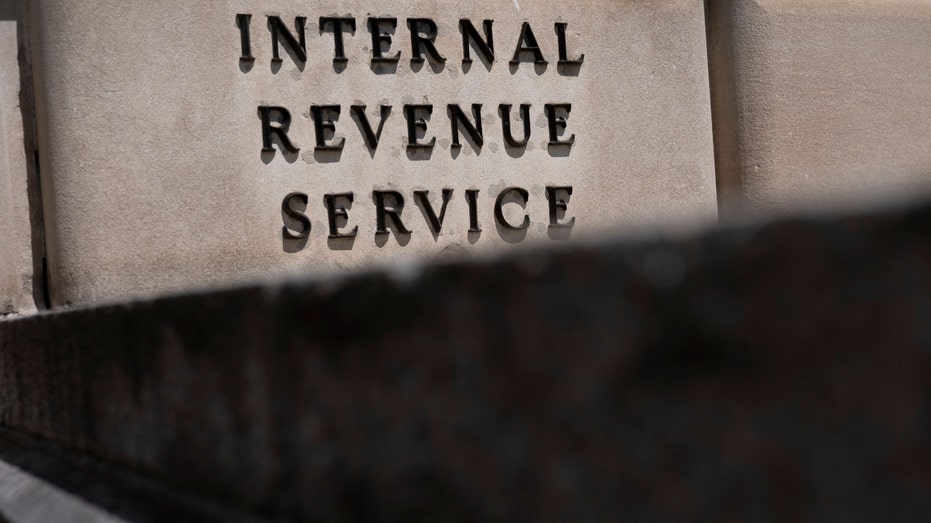Taxpayers who claim the sick and family leave credit were required to be self-employed during the pandemic, or in 2020 and 2021. The credit was not made available for 2023.
"The IRS is seeing repeated instances where taxpayers are incorrectly using Form 7202, Credits for Sick Leave and Family Leave for Certain Self-Employed Individuals, to incorrectly claim a credit based on income earned as an employee and not as a self-employed individual," the IRS wrote.

The Internal Revenue Service building in Washington, D.C. (Stefani Reynolds/AFP via Getty Images / Getty Images)
The IRS also said household employment taxes are being claimed by taxpayers who "invent" fictional household employees to claim a refund based on false sick and family medical leave wages they never paid.
"These improper claims have been fueled by social media and people sharing bad advice," Werfel said. "Scam artists constantly prey on people’s hopes and try to use the complexity of the tax system to convince people there are secret ways to get a big refund. These three credits illustrate that it’s important to carefully review the tax return for accuracy before filing and rely on the advice of a trusted tax professional, not some fly-by-night preparer or a questionable source they hear on social media."
Any taxpayer who the IRS flagged as potentially submitting any of these credits in their returns fraudulently will likely have their refund frozen until taking several steps to resolve the issue.

Internal Revenue Service Commissioner Daniel Werfel testifies during the Senate Finance Committee hearing on "The President's Fiscal Year 2024 IRS Budget and the IRS's 2023 Filing Season," on April 19, 2023. (Tom Williams/CQ-Roll Call, Inc via Getty Images / Getty Images)
If the refund has been frozen, the taxpayer should expect to get one of several letters from the IRS seeking additional information — things like identity confirmation, if they actually qualified for one of the three tax credits, or if they used a tax preparer.
If a tax preparer was used, the taxpayer will be asked to see if the preparer signed the tax return. If the return is not flagged, the IRS said, it is a red flag that the taxpayer was misled.
While taxpayers are not required to visit a Taxpayer Assistance Center to verify their identity, they may need to amend their tax return to remove the credit.
The IRS also said legitimate taxpayers who qualified for the credit but were flagged, can submit documentation showing they qualify for the credit.
Still, anyone who did not qualify yet claimed the credit on their taxes could face a fine of up to $5,000 per return. The taxpayers will also risk being audited, and could face criminal prosecution, the IRS said.

